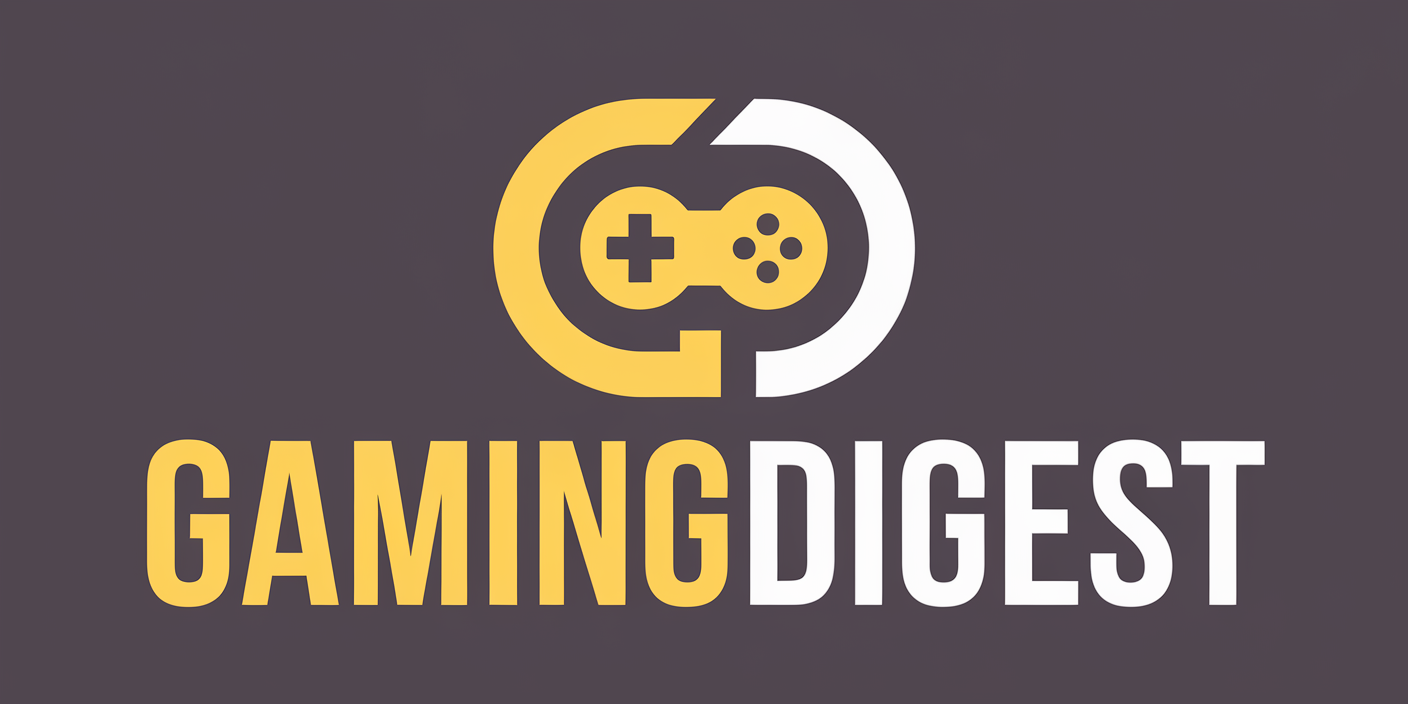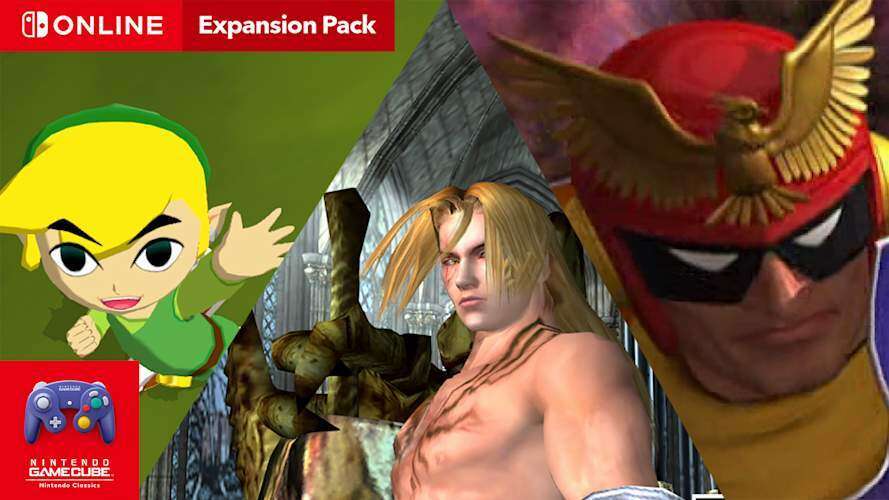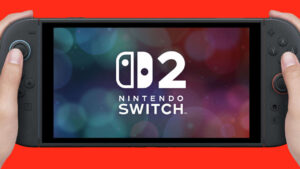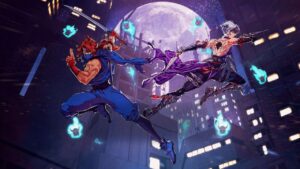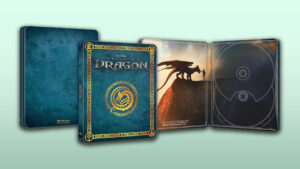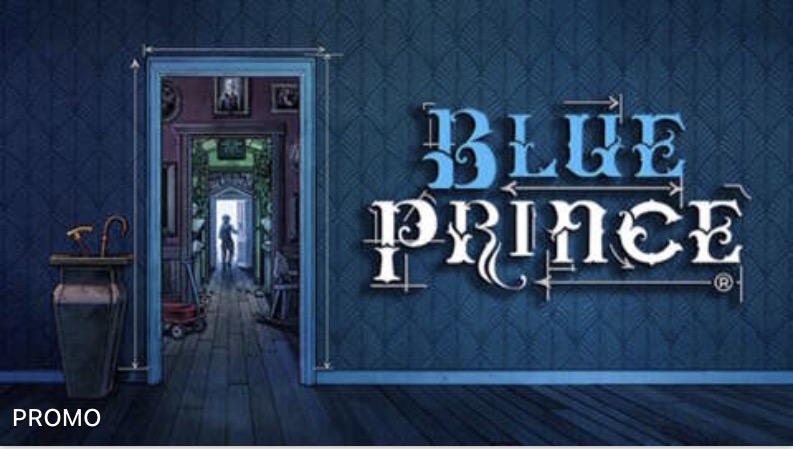Though Mario Kart World may be Nintendo Switch 2’s headlining attraction, the most alluring part of the system’s launch lineup for Olds like me is its GameCube library. After more than 20 years, Nintendo has finally decided to crack open its vaults and bring some of GameCube’s most-beloved titles to a modern console–the first time most of these games will be available officially since their original release.
For many, however, the excitement over GameCube titles was quickly tempered by the fact that a meager three are available at the outset–the thinnest selection any Switch Online classics library has launched with. But as frustrating as it may feel to have to wait for more games to hit the service, this methodical rollout has long been an intentional strategy on Nintendo’s part, and it took me many years to understand and appreciate its benefits.
This slow release cadence is hardly exclusive to the Switch Online service. Ever since Nintendo first established its own digital storefront with the Wii Shop, the company has been deliberately measured when re-releasing its legacy titles. In the lead up to the Wii’s launch, Nintendo touted its digital shop as a repository of classics–a place where players could easily purchase the best Nintendo games of yesteryear and play them alongside new releases on one system. And indeed, by the end of the Wii’s life, more than 400 had made their way to the Wii Shop, giving Wii owners access to a wealth of beloved games from years past.
That was certainly not the case at launch, however. While a selection of older games was available right from day one, the early offerings left much to be desired. The Wii Shop launched with fewer than a dozen first-party titles, most of which were Nintendo Entertainment System games from back in the 1980s and 1990s. Anyone eager to revisit a particular classic such as The Legend of Zelda: Ocarina of Time was out of luck; the only Nintendo 64 title available at the outset was Super Mario 64, and it would be months before more N64 games arrived.
This trickle of games was even more exasperating on the Wii U. After spending the previous six years steadily amassing a respectable selection of Virtual Console games on the Wii, Nintendo effectively wiped the slate clean when launching the Wii U eShop. Since the extant Virtual Console lineup was incompatible with Wii U’s GamePad controller, Nintendo decided to release new versions of these games tailored specifically to the system–which meant the company once again would be building up its retro catalog from scratch.
To Nintendo’s credit, it did take steps to mitigate the inconvenience for users. Wii owners had the option to transfer their system data–including their Virtual Console collection–to the Wii U, so customers weren’t forced to buy their games a second time. The Wii Shop was still accessible on the new console as well, although it was nested within the separate Wii menu. Thus, any games purchased from it (or transferred over from a Wii) had to live within a separate user interface and could not take advantage of Wii U features like off-TV play. Even more notably, Nintendo also offered an upgrade path for returning users. If you previously purchased a Virtual Console game on the Wii, you could upgrade to the Wii U version of the same title for a small fee.
As welcome as these steps were, however, they were once again undermined by Nintendo’s slow release schedule. The Wii U eShop launched with just eight Virtual Console games, the biggest of which was Super NES launch title Super Mario World. It would take another several months for other classics like The Legend of Zelda: A Link to the Past and Super Metroid to hit the storefront, while N64 games wouldn’t arrive until two years later. Nintendo did ramp up the rate of releases as the Wii U struggled to gain traction, and the eShop eventually offered Game Boy Advance, DS, and even Wii titles, giving it an even broader range of Nintendo classics than the Wii Shop ever boasted. Still, the paltry early lineup, coupled with Wii U’s frequent software droughts, made the wait for a particular game excruciating.

Given this history, then, it was not unexpected to see Nintendo continue this strategy on the Switch. With the advent of the Switch Online service, the company has opted to take a different approach to repackaging its legacy games, offering players access to a growing library of them for a subscription fee rather than selling each title individually on the eShop. But though the delivery model may be different, the pace of releases remains just as languid.
Early adopters had to endure a lengthy wait before the first Nintendo classics appeared on the system. The Switch Online service did not launch until 2018, more than a year after the Switch itself hit the market, and the only titles available at the outset were, once again, NES games. It would take several more years for Nintendo to gradually introduce SNES and Game Boy libraries to the base Switch Online service, while a premium Switch Online + Expansion Pack plan launched in 2021 and offered N64, Sega Genesis, and eventually Game Boy Advance titles as well.
As frustrating as it has been to see Nintendo repeat this slow rollout, its advantages have become much clearer in the Switch era. Most obviously, Nintendo often uses classic games to fill in any gaps in its release calendar. While titles are added to Switch Online fairly regularly, the company likes to trot out a particularly beloved game when there is little else on the way to the console, ensuring users remain engaged even during quieter months. The wait between releases is also more bearable when there’s a library of other titles to sample in the meantime. A curio like Devil World may not be attractive enough on its own to convince someone to plunk down $5, but it’s much more enticing to try when it’s part of a service you are already paying for.
Nintendo GameCube Classics – Official Reveal Trailer | Nintendo Switch 2
Size:
Want us to remember this setting for all your devices?
Sign up or Sign in now!
Please use a html5 video capable browser to watch videos.
This video has an invalid file format.
Sorry, but you can’t access this content!
Please enter your date of birth to view this video
By clicking ‘enter’, you agree to GameSpot’s
Terms of Use and Privacy Policy
More importantly, Nintendo’s slow release cadence means players can actually take the time to truly engage with and savor each of these titles for the classics they are. With the sheer number of games available to play nowadays (and the increasing prominence of subscription services offering access to them), many publishers and platform holders have come to treat gaming as disposable entertainment. By overwhelming their audience with options, companies are implicitly encouraging players to only dabble in a game and then move on to the next whenever the fancy strikes. This inexhaustible array of choices means few users actually play a game to completion before their attention is diverted to another one. In contrast, by doling out only a handful of legacy games every month, Nintendo positions each as a noteworthy release in its own right, while also giving players ample time to experience it before more arrive.
This is especially relevant for GameCube games. Whereas NES and even SNES titles can often be completed in a handful of hours, N64 and GameCube games are much closer in depth and duration to modern titles and require a much more significant time investment to play. Many can take more than 20 hours to finish, which makes Nintendo’s decision to space them apart a boon to players. As eager as I am to revisit Fire Emblem: Path of Radiance for the first time in two decades when it eventually joins the service, it’s been nice to leisurely devote my attention to The Legend of Zelda: The Wind Waker–the only single-player adventure currently in Switch Online’s GameCube lineup–in the interim.
Although it’s undoubtedly still aggravating to wait for a particular favorite to hit the service, Nintendo’s methodical drip-feed of classics has its merits. By meting out its legacy games gradually, Nintendo gives players enough time to properly delve into and appreciate them, which in turn preserves the allure of these games and makes their eventual arrival feel like a significant occasion. More than other publishers, Nintendo understands the value of its vast back catalog and treats it with the reverence and care these titles deserve. And unlike on Wii and Wii U, there’s no shortage of other games to tide fans over while they wait for their favorite classic to arrive.
